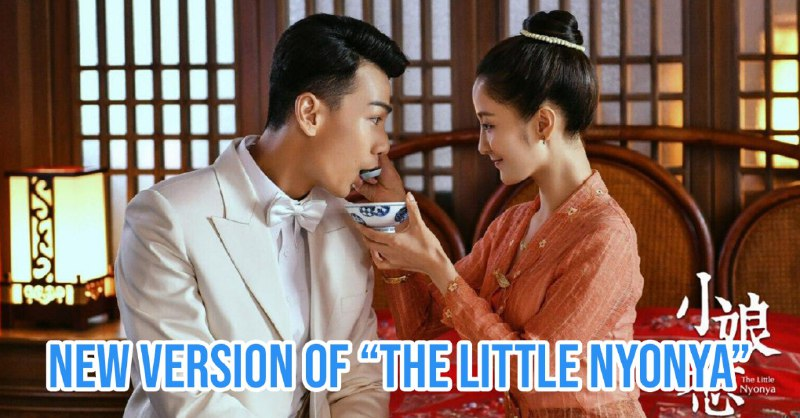The Little Nyonya 2020 version
In 2008, a local drama featuring Jeanette Aw, intricate Kebayas and a wicked stepmother that puts Cinderella’s Lady Tremaine to shame, took Singapore television by storm. Even if you did not watch it at the peak of its popularity, you must have at least heard of the iconic TV show The Little Nyonya.
Fast forward 12 years later and there is now a brand new version of the show. With more time on my hands due to WFH arrangements and resistance to head outdoors, I decided to give the 2020 revamp a shot on chill days as a break from my usual English shows.
Falling in love with the original version
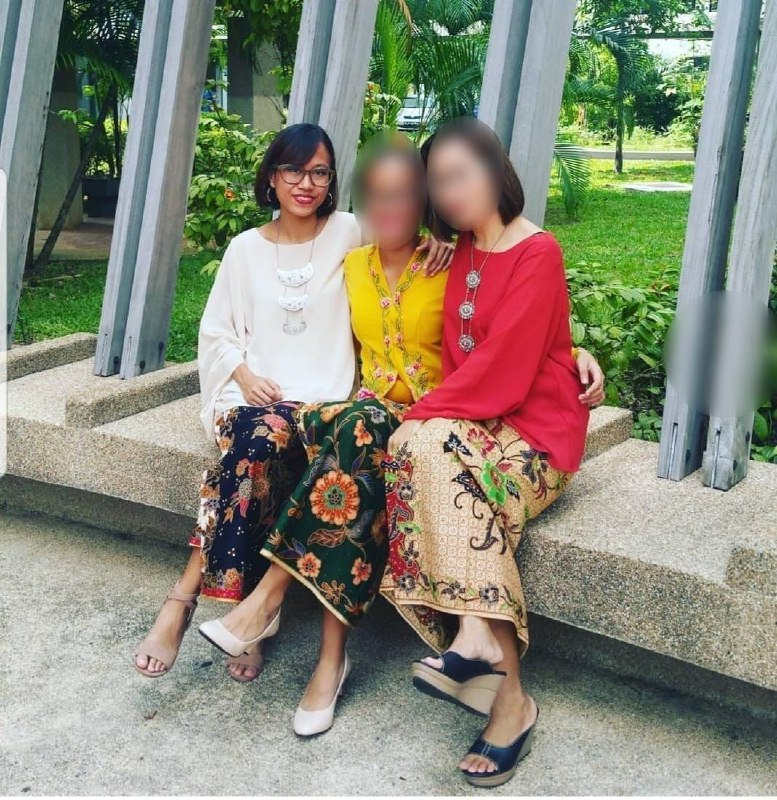 The Little Nyonya fan club in my household consisted of my mom, my sister and myself.
The Little Nyonya fan club in my household consisted of my mom, my sister and myself.
Image credit: Dayana Rizal
Before I get to rekindling my love for the multi-generational family drama, I can’t not share just how obsessed I was with the story and characters back in the day.
See, I was just 13 years old when I first watched The Little Nyonya on Mediacorp Channel 8 and despite any pressing homework deadlines, I dedicated every 9PM hour from Monday to Friday to the show. Sitting in front of the box television with my mother and sister every evening became daily rituals that brought the 3 of us closer.
Thanks to the show, I even learned more about my mum – like the juicy fact that her first boyfriend (not my dad) was a Peranakan Chinese boy. Oof. I was also drawn to the beautiful outfits on the show, and really wanted one for myself back then.
I have many fond memories attached to the original The Little Nyonya, so imagine my excitement when they announced an all-new version. It gave me something to look forward to amidst the chaos of the COVID-19 pandemic.
For those uninitiated, The Little Nyonya begins in 1930s Malacca, before the storyline takes shape over 2 generations. It starts with the story of Ju Xiang, the deaf-mute daughter of a former servant and the towkay (head of household) of a wealthy Peranakan Chinese family.
Ju Xiang leads a troubled life. She is constantly bullied and abused by the towkay’s first wife, who is referred to as Tua Ji. Tua Ji sees Ju Xiang as an illegitimate member of the family and uses her position to manipulate others into thinking the same.
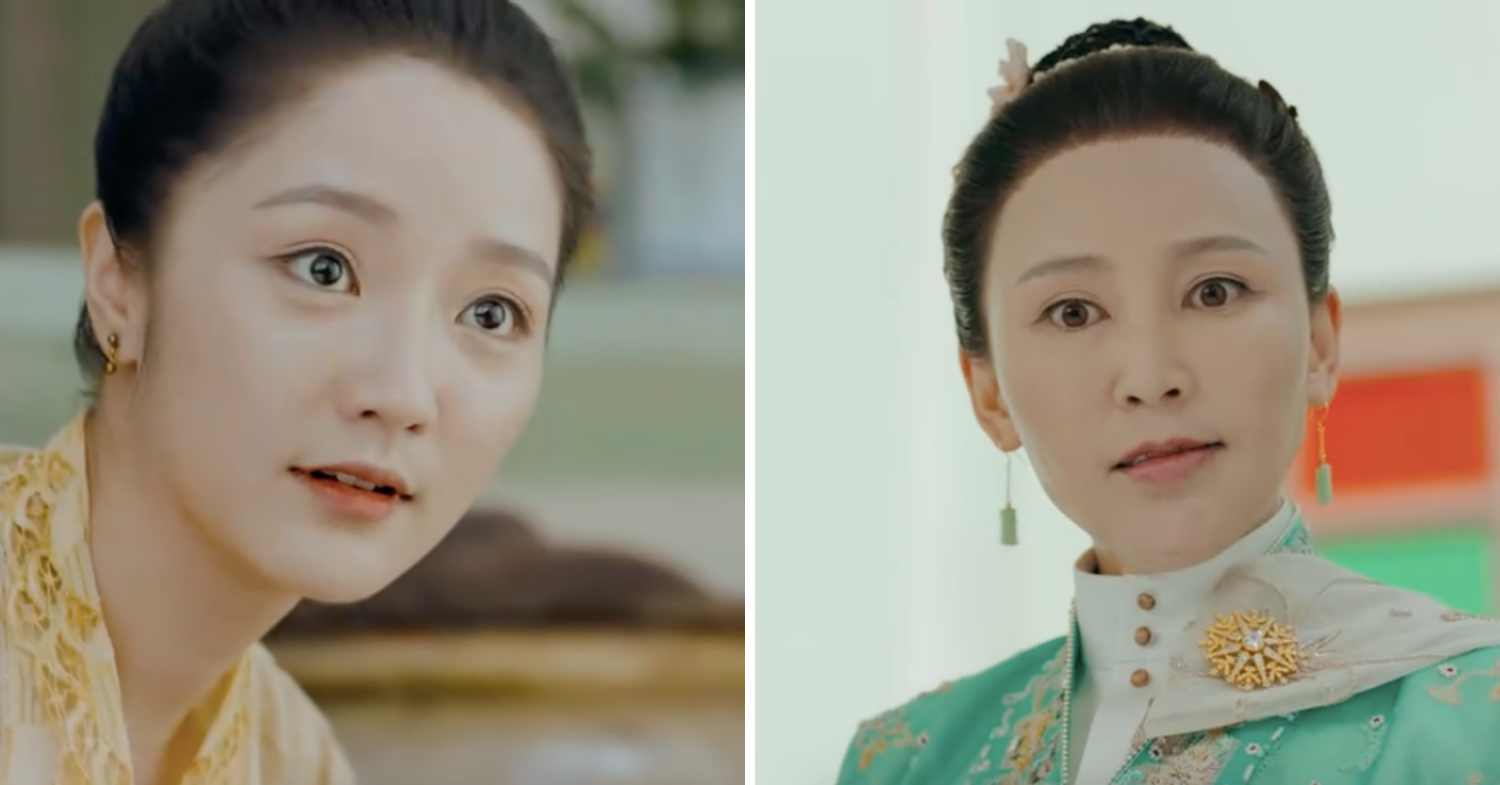 Ju Xiang (left) and Tua Ji (right) – the main protagonist and antagonist of the show respectively.
Ju Xiang (left) and Tua Ji (right) – the main protagonist and antagonist of the show respectively.
Image adapted from: iQIYI
Somewhat similar to the classic Cinderella tale, it’s through the protagonist’s trials and tribulations that viewers fall in love with her underdog story and root for her eventual success. There’s also a swoon-worthy romance intertwined throughout – an integral plot point of any addictive TV show.
Comparisons between the OG and the new version
Being so familiar with the original set my expectations sky high for this version. As much as I loved it, I also hoped that I would like the new cast as much – or more- in this new version, and that they would switch certain parts up to keep things feeling new. And boy, was I in for a ride.
The new version is directed by Guo Jinyu with a script by the original Singaporean writer, Ang Eng Tee, so there were bound to be some similarities. Thankfully, there are certain scenes of each episode that do indeed look and feel different from how I remembered them to be so I was constantly hooked.
One change that struck me from the get-go of this new series was how Peranakan food was pushed into the spotlight in a way that the original does not. 2 minutes into the first episode, and I was already treated to idyllic scenes of a Peranakan home kitchen and cinematic shots of delectable Nyonya Kueh – which didn’t help my hunger pangs since I started watching it late at night.
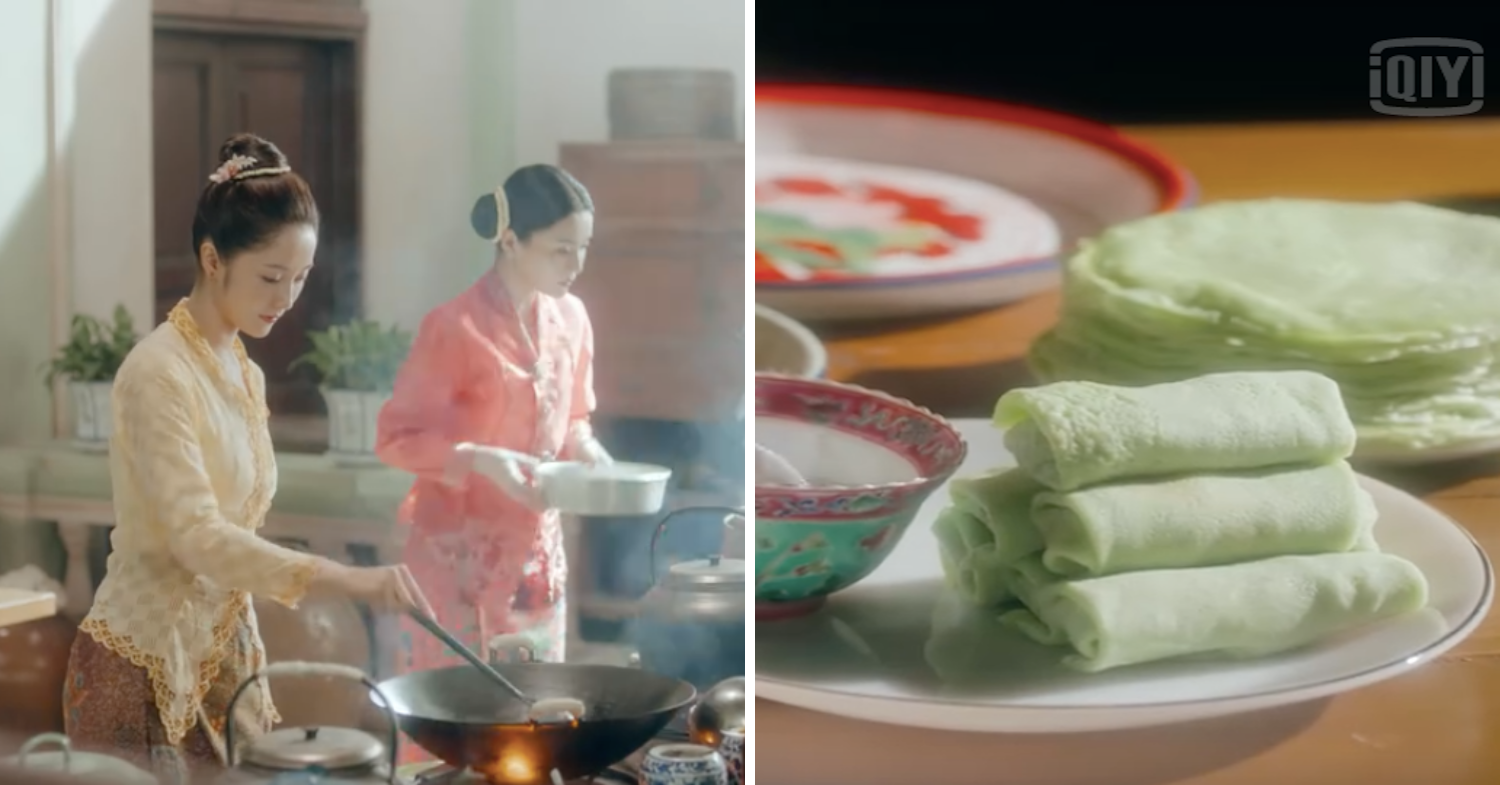 Don’t watch episode 2 hungry – the cooking montage dedicated to Ju Xiang’s Kueh Dadar will whet your appetite. The original version did not feature such up-close shots.
Don’t watch episode 2 hungry – the cooking montage dedicated to Ju Xiang’s Kueh Dadar will whet your appetite. The original version did not feature such up-close shots.
Image adapted from: iQIYI
Another key factor that is different that would delight diehard fans? Yamamoto Yousuke – a Japanese-Chinese photographer based in Singapore who Ju Xiang eventually falls in love with and marries – is given a much larger character arc this time around with more scenes and dialogue.
Fun fact: Yamamoto Yousuke is played by the character’s same actor as in the original, Dai Yang Tian. I let out a soft shriek when he appeared on my laptop screen, and felt even happier when I realised that his character was finally given a chance to shine in this version. OK fine, that, and the fact that he was also always one of my celebrity crushes.
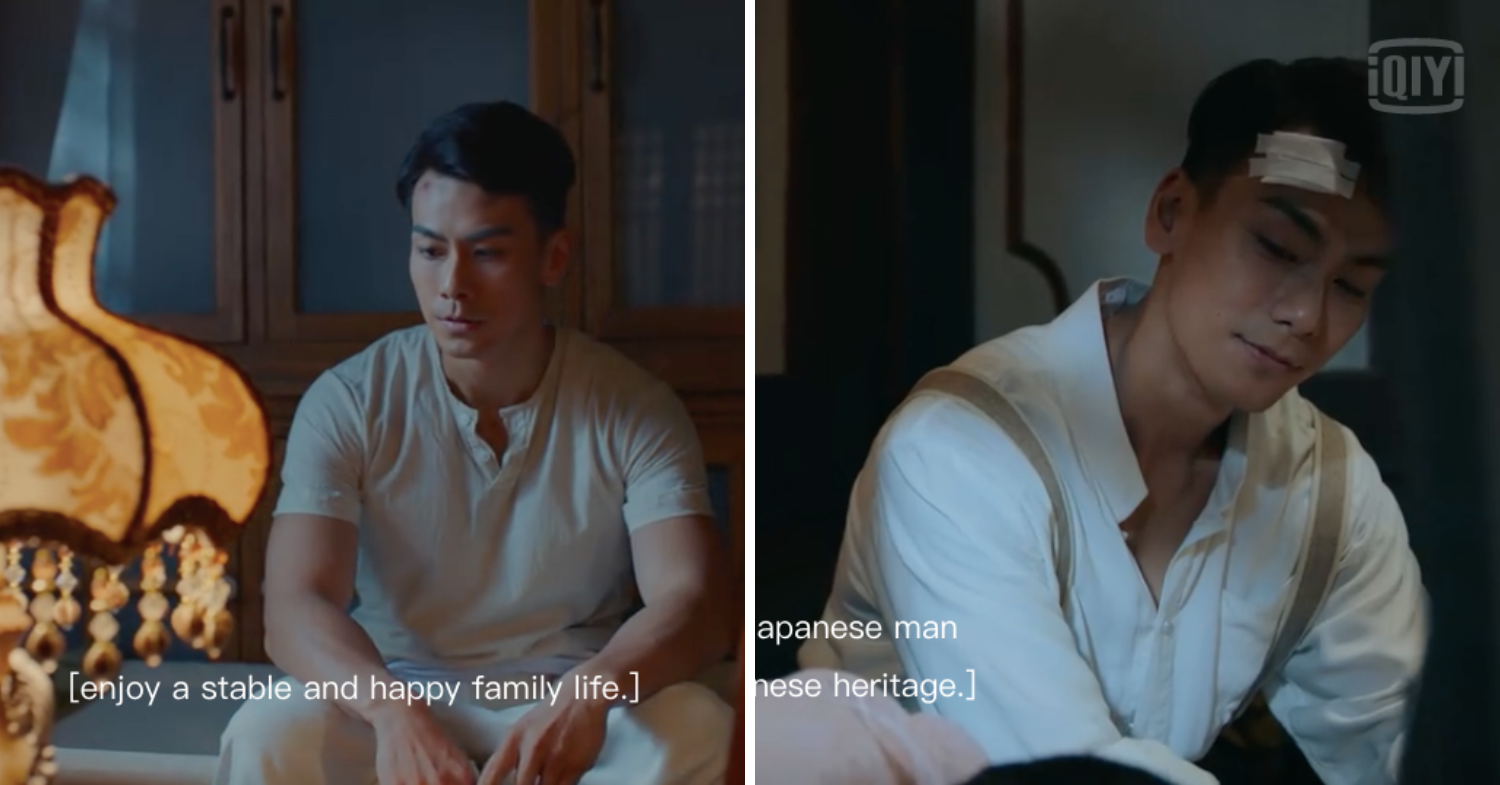 It has been over a decade from the original and yet Dai Yang Tian does not look a day older
It has been over a decade from the original and yet Dai Yang Tian does not look a day older
Image adapted from: iQIYI
Yamamoto Yousuke’s story was glossed over in the original series and this led to a major plothole in the overall narrative. In this version however, his complex background is thoroughly fleshed out through letters that he writes to his sister, Umeko, and internal monologues that are executed eloquently in Japanese. This is crucial for the audience to understand what happens later on in the series.
He isn’t the only character that is given a larger spotlight in 2020. Without giving too much away, one thing to also note is that the attention given to Chen Sheng and Mei Yu’s dysfunctional marriage is a new development in this version.
In the original, the audience is only given a gist of their marital issues. This time around, we have front-row seats to even more drama surrounding their relationship that involve a tangled web of desire and deception – cue the dramatics and waterworks.
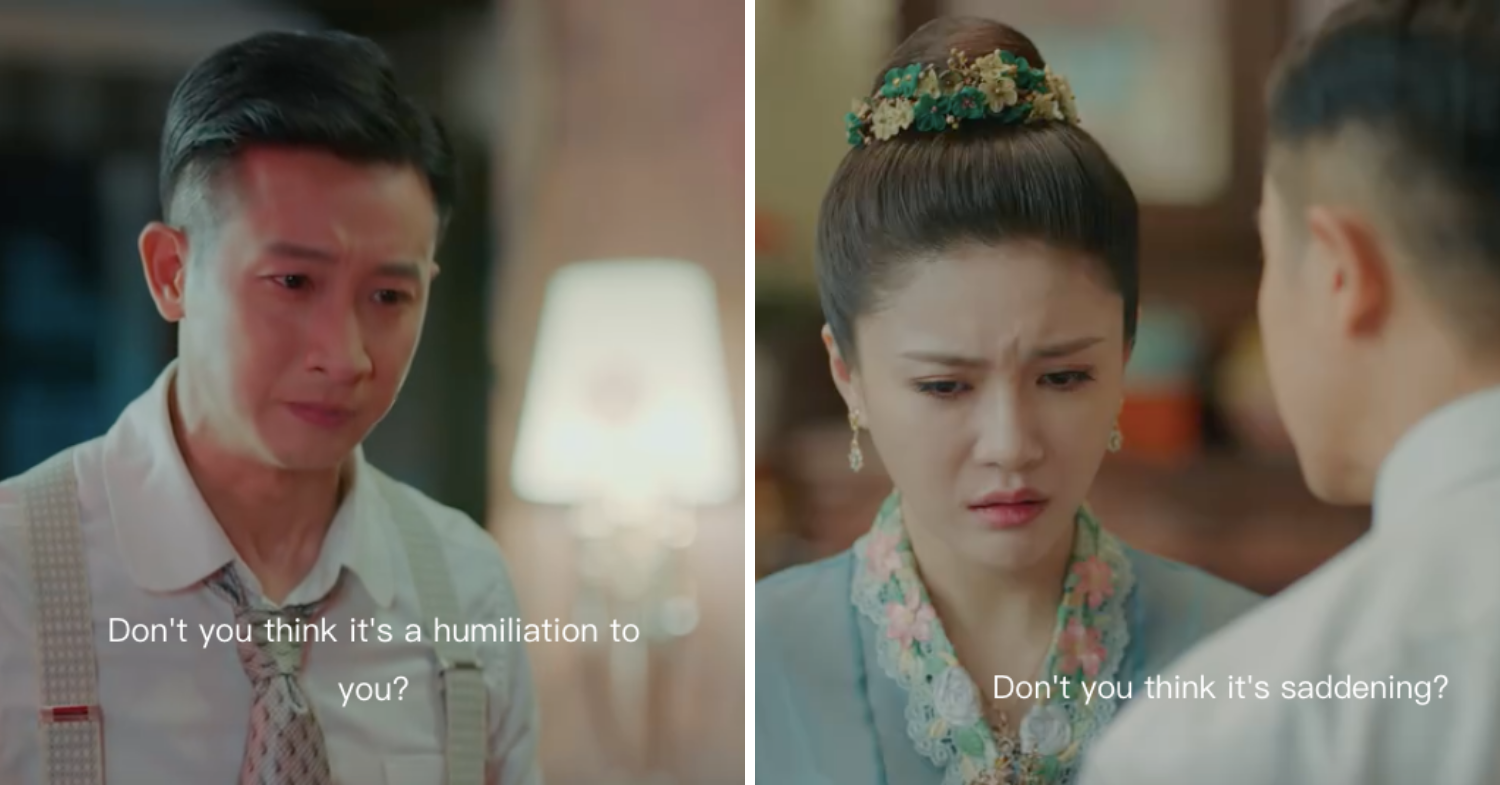 Chen Sheng (left) and Mei Yu (right) pictured during their domestic squabbles.
Chen Sheng (left) and Mei Yu (right) pictured during their domestic squabbles.
Image adapted from: iQIYI
I found myself being much more invested in these 2 characters now as compared to before – their new scenes took me on an emotional rollercoaster and I embraced this unexpected change. If there’s anything that gets me hitting play on ‘next episode’ after each one ends, it has got to be the tea.
As the story progresses, it becomes clear that this version allocates more screen time to supporting characters like Yousuke, Mei Yu and Chen Sheng. Instead of retreating into the background, these characters help to add more depth and coherence to the overall storyline, while also offering greater insight into their specific backstories.
My thoughts on the new version so far
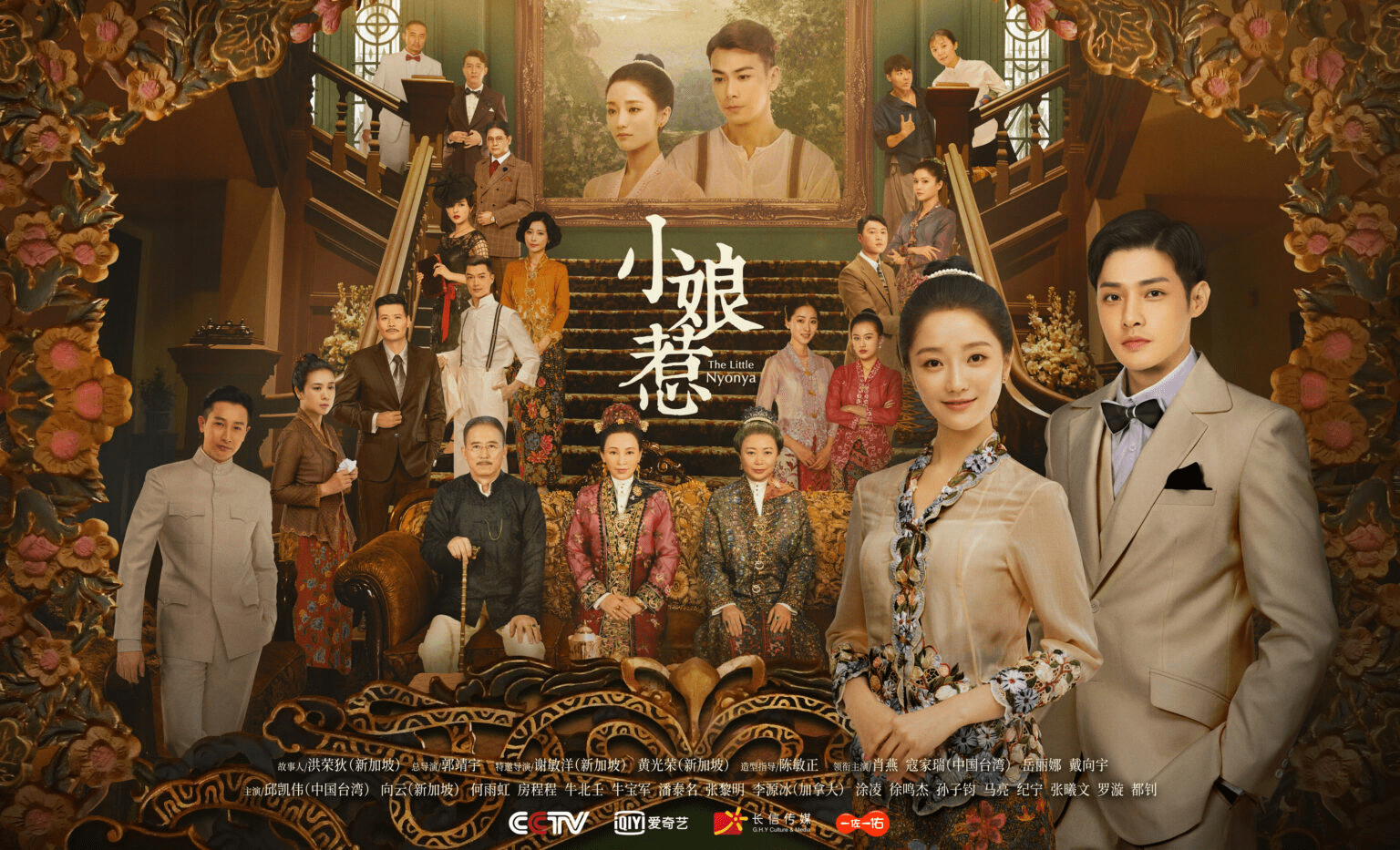 Getting acquainted with new faces to familiar characters is now my nightly routine before I sleep
Getting acquainted with new faces to familiar characters is now my nightly routine before I sleep
Image credit: GHY Culture Media
To be completely honest, I was not immediately sold on a new version at the start. The first few episodes come across almost identical to the original, did not offer anything new and I personally was not used to the manicured look of the sets. But before I knew it, the plot grew on me and I was more addicted that I would have liked to admit.
What the original lacked, this 2020 Chinese version makes up for – such as in addressing the many plot holes and cliffhangers from the original show. At the same time, I was relieved that it stayed true to the authentic portrayal of Peranakan cuisine and culture.
The revamped story is undoubtedly an improvement from the original too. Rewatching the show and its similar storyline at 25 years old made me realise how this new narrative does a wonderful job in answering the questions I had when I ended the original series.
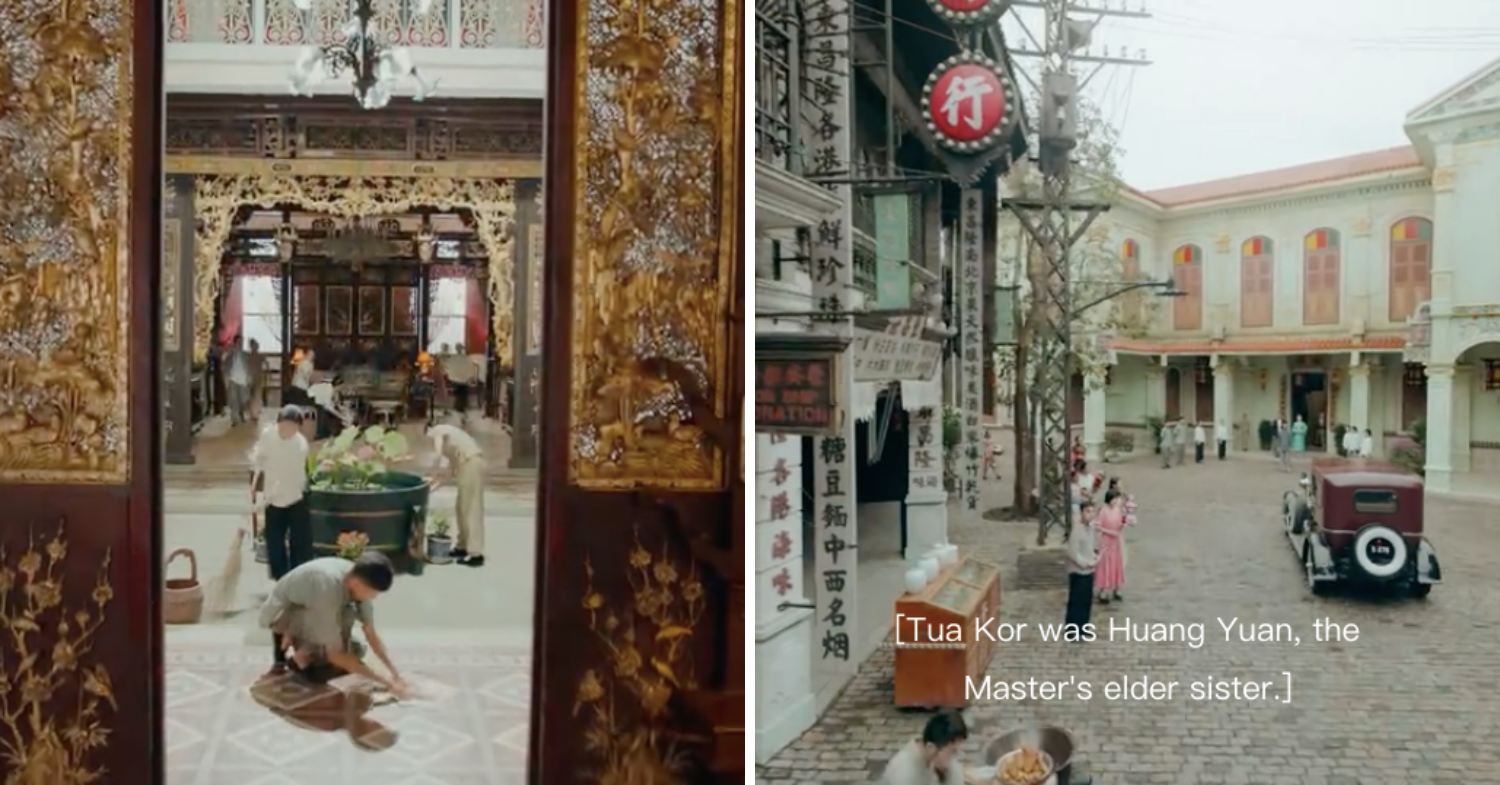 The authentic set design of the Huang household (left) juxtaposed with the exterior set design (right).
The authentic set design of the Huang household (left) juxtaposed with the exterior set design (right).
Image adapted from: iQIYI
However, although the indoor sets are beautifully designed to reflect the intricate tastes of the Peranakan Chinese, the outdoor sets still look too polished for what was supposed to be the grimy 1930 and 1940s for my liking.
By the end of bingeing 10 episodes at the time of writing, it’s safe to say that I was pleasantly surprised and satisfied with this The Little Nyonya version. Sure there are parts of the show that feel like missteps, but the improved story makes for a refreshing watch and left me wanting to know deeper about the revised plot.
Besides Dai Yang Tian, I was also stoked to see familiar local actors like Xiang Yun and Terence Cao appear in the series. Jeffrey Xu will also be introduced as villain Huang Tianbao – who eventually gets consumed by his greed for wealth and power – in the later episodes, and I‘m thrilled to see how he does the role justice.
With my attachment to the show now firmly reinstated, I can’t wait to continue and finish this series when all episodes are made available online.
The Little Nyonya on iQIYI
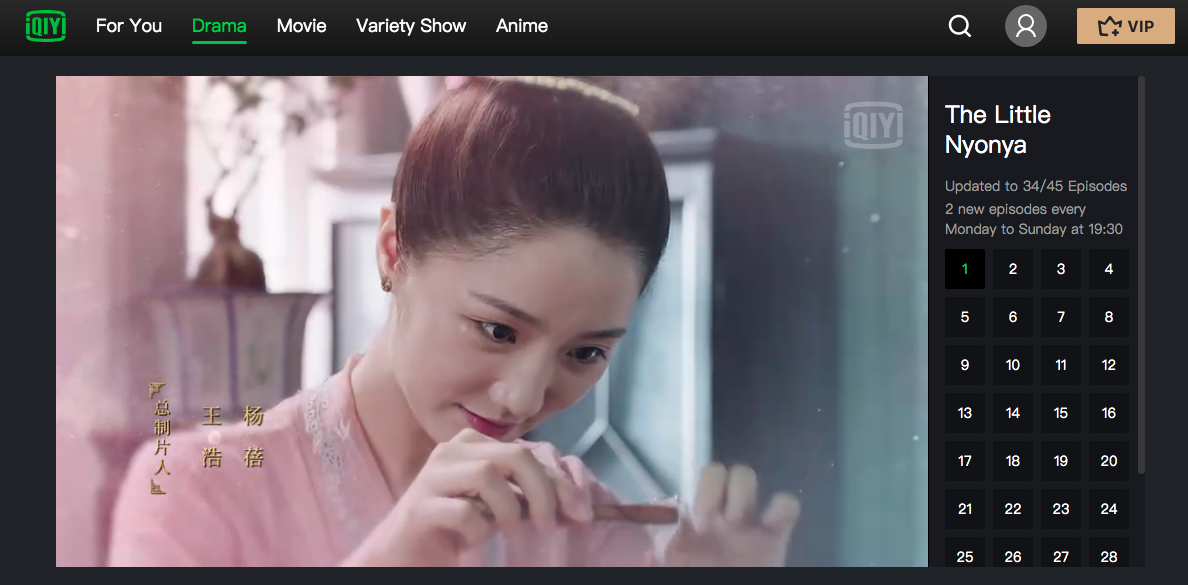 Image credit: iQIYI
Image credit: iQIYI
I watched The Little Nyonya for free on iQIYI – a video streaming platform from China – which is a godsend for non-Mandarin speakers such as myself. Viewers can choose subtitles from 8 languages ranging from English and Malay to even Spanish. Not only should props be credited for their inclusivity, but it’s also a testament to the global appeal of the franchise.
The high-quality episodes could be streamed up to 1080P – I could see every single emotion from the characters and Kebaya detail from their outfits crystal clear. The smooth streaming also meant that I could devote all my attention to the story without worrying about ads or disruptive buffering. Plus, you can watch from your computer or via the app (iOS | Android) when you’re on the go.
Besides The Little Nyonya, iQIYI also has a ton of other addictive shows to catch – from original K-dramas like Backstreet Rookie to classic films like Infernal Affairs. I might just need to start setting aside time away from my other usual streaming platforms starting now.
With an improved storyline and some new plot twists, the 2020 reiteration of The Little Nyonya will easily entice both new viewers and ‘OG’ fans of the show. It also boasts 45-episodes too – buffed up from the original version’s 34-episode run – so buckle up for a whirlwind of drama.
Watch The Little Nyonya on iQIYI here
This post was brought to you by iQIYI.
Cover image adapted from: GHY Culture Media
